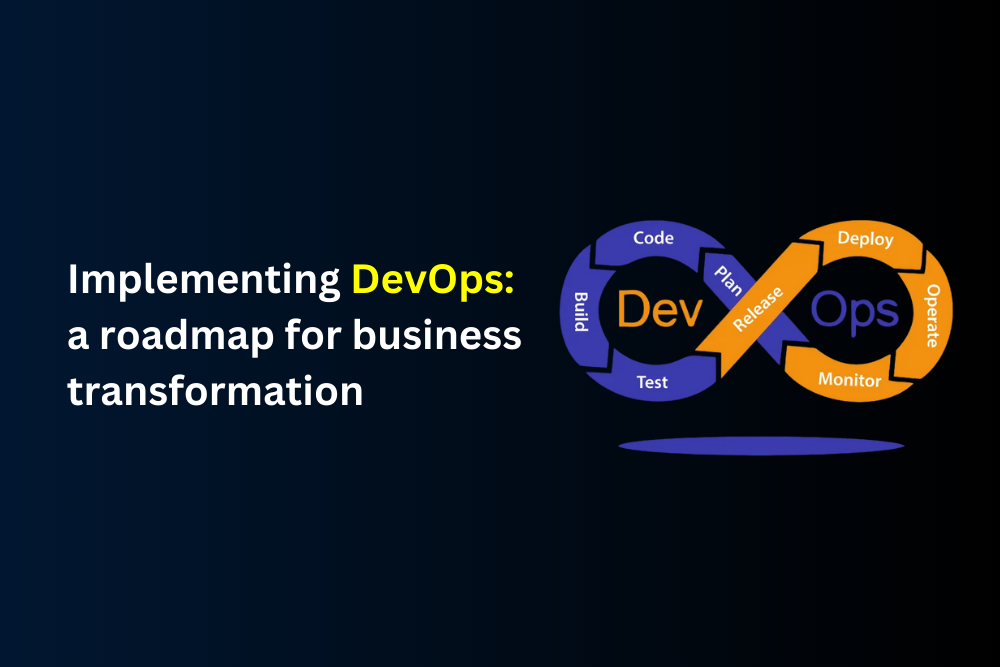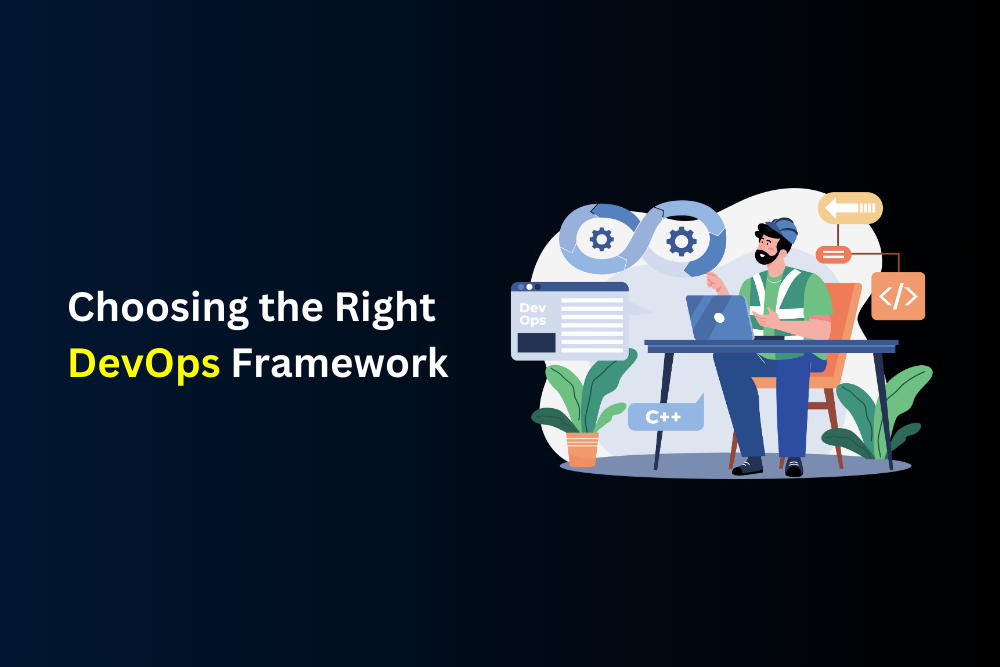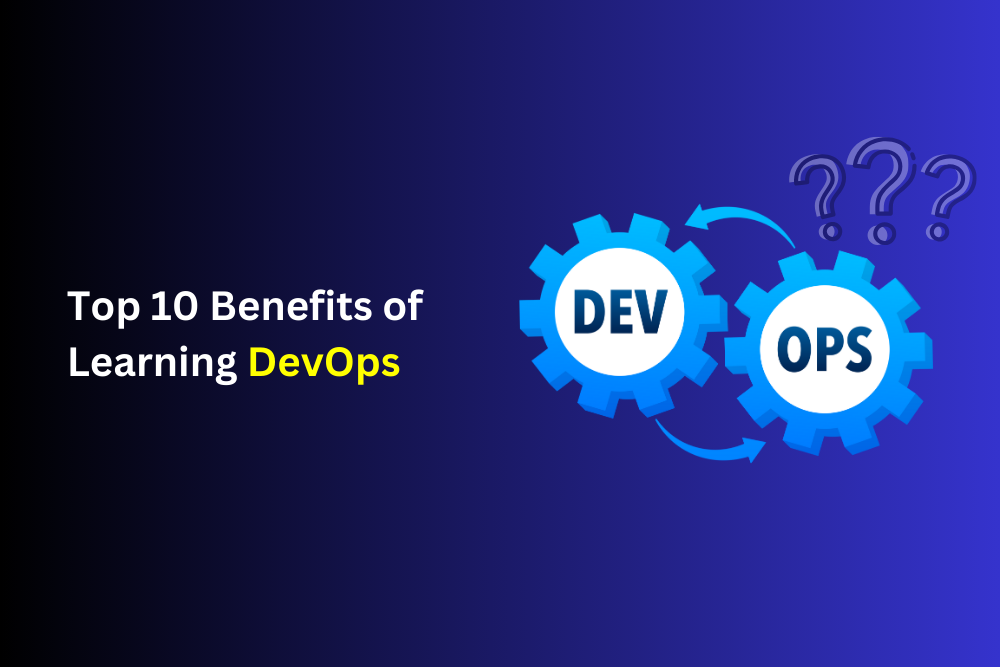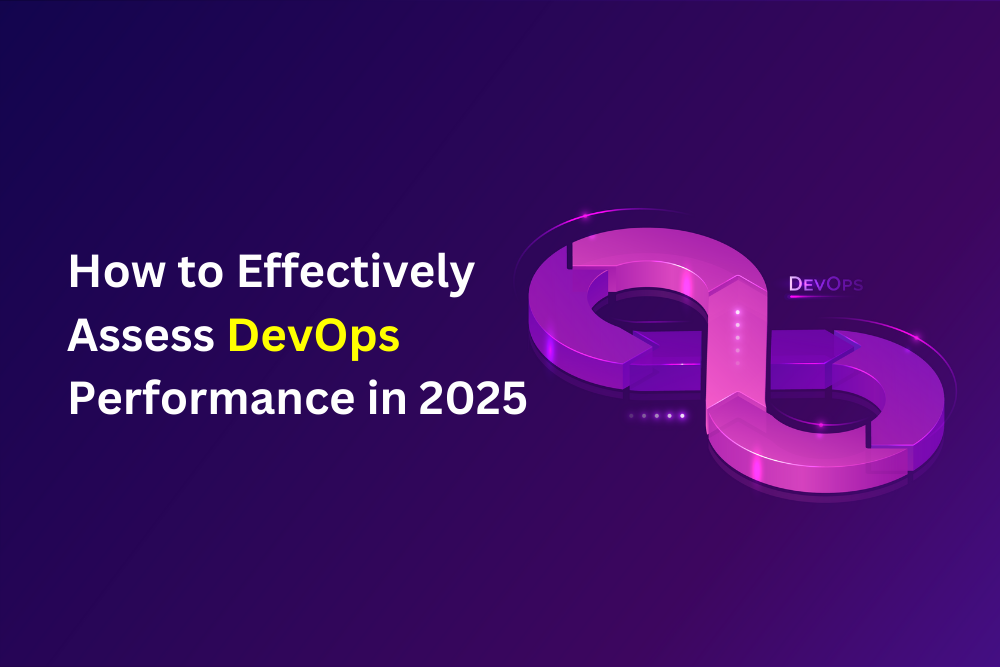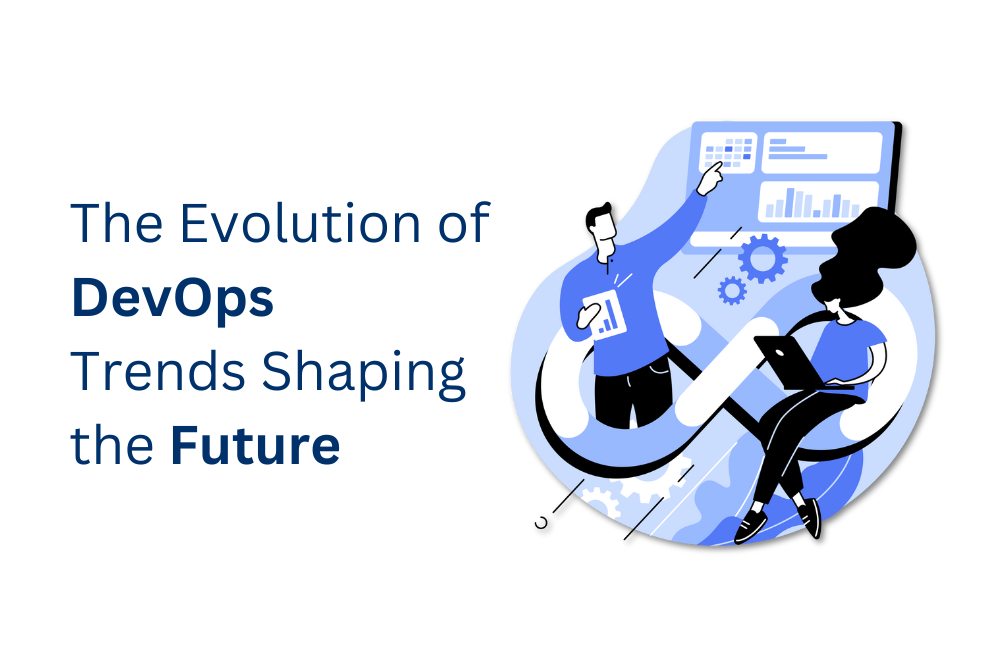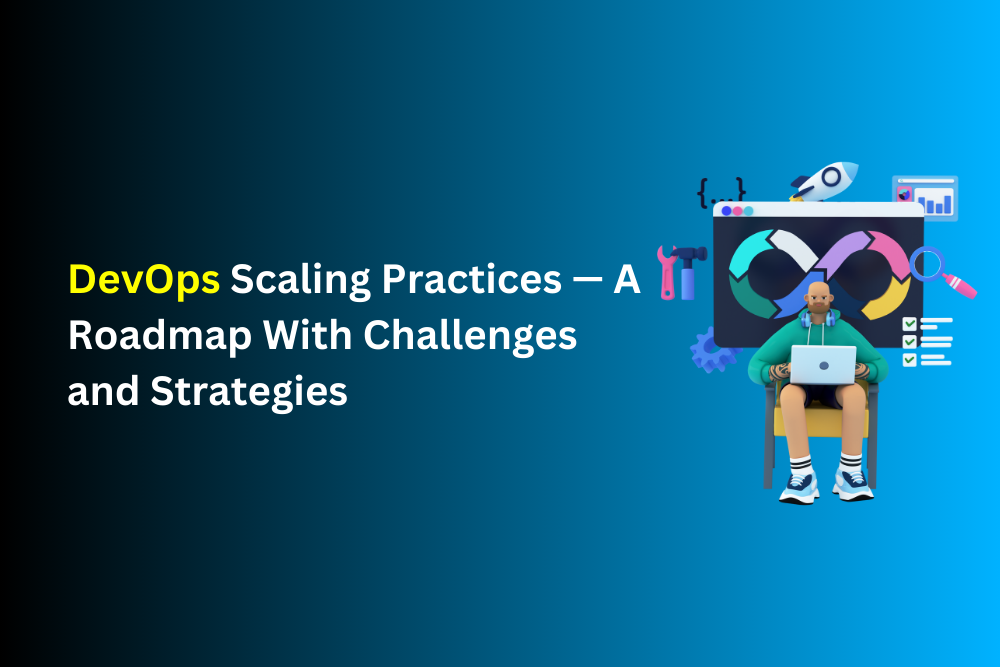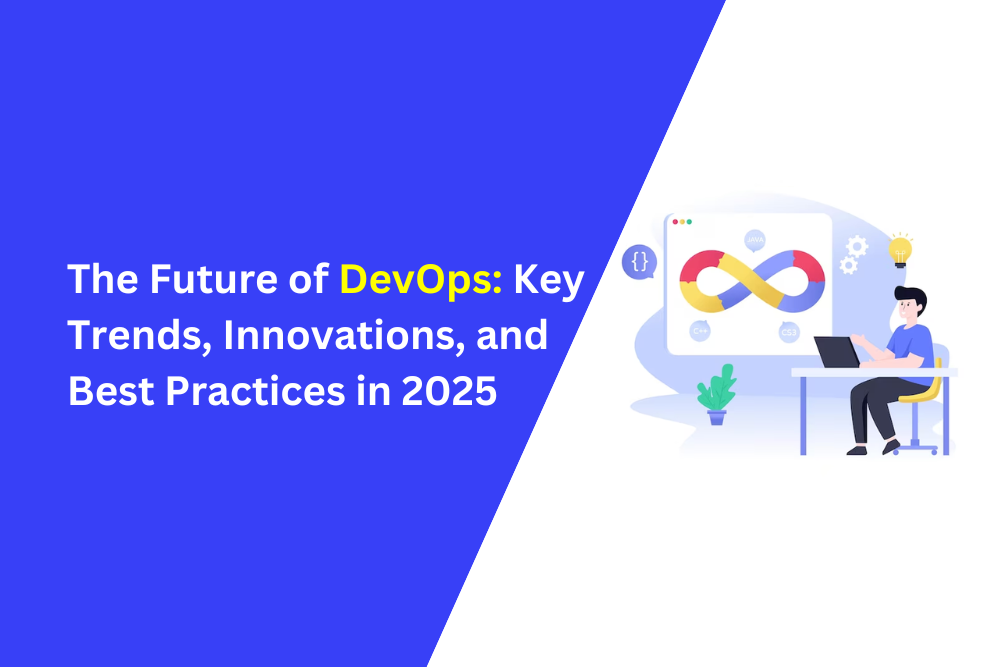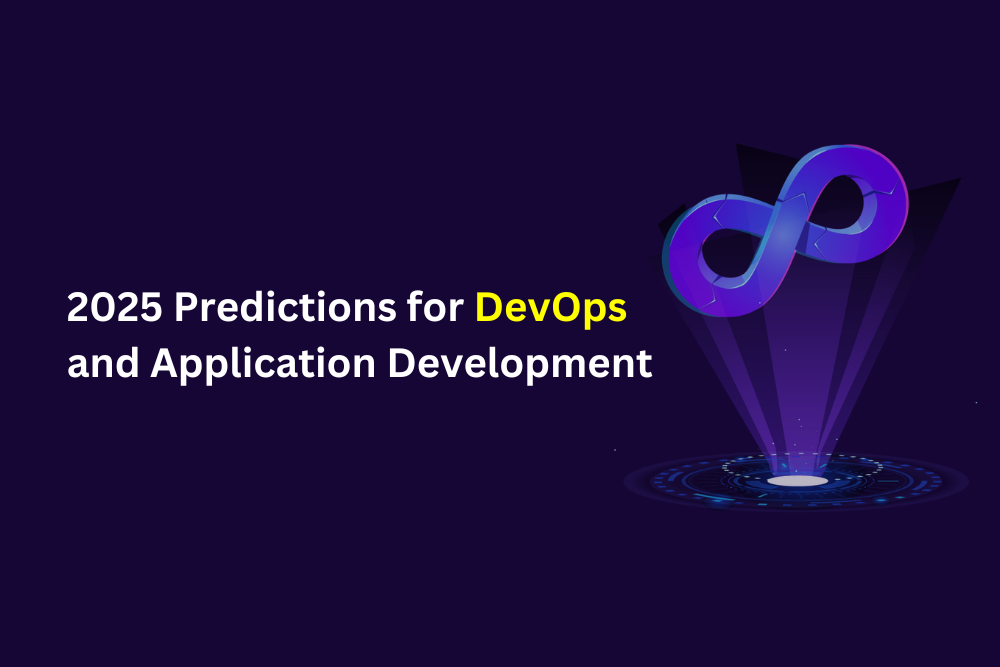
The DevOps landscape in 2025 is evolving with AI-powered development, self-service platforms, and enhanced security practices. As automation and GitOps gain traction, organizations must adapt to new methodologies to stay competitive. Explore the key trends shaping the future of DevOps and application development.

